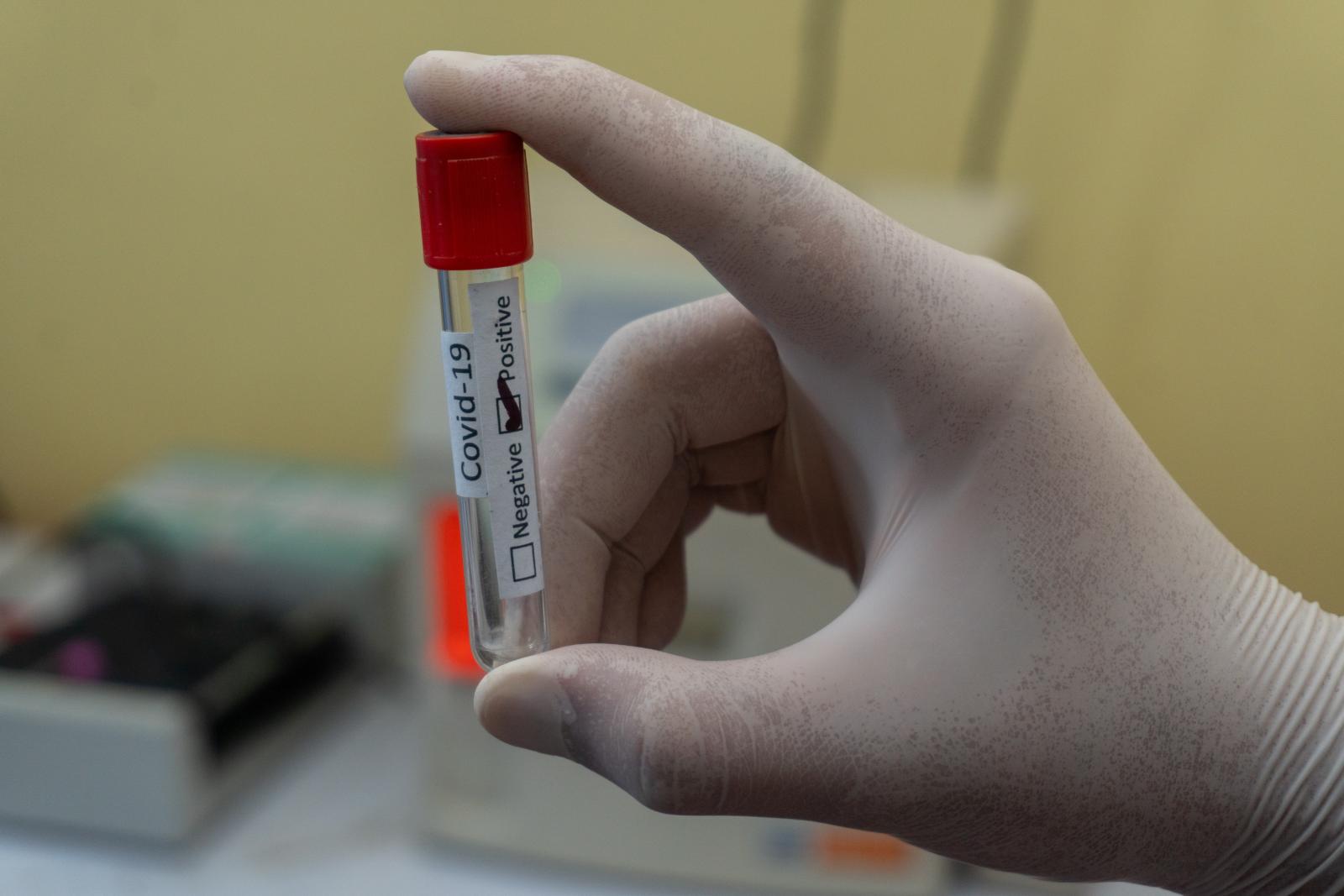The Italian Constitution guarantees scientific freedom. Based on this affirmation, seemingly simple and obvious, the Document issued by the Commission on ethical problems, posed by the science of the Waldensian Church, reiterates what should be considered a fundamental point in the debate, today more fervent than ever, regarding scientific research on human embryonic stem cells. It should be but it isn't, because research carried out on these cells raises both delicate ethical issues and considerable differences of opinion regarding whether or not the manipulation of embryos, even for beneficial purposes, is morally permissible.
According to the document there appear to be two main approaches to the issue. Both of which are inconclusive. The first attempts to define at what stage the embryo can be considered a "person". It refers to science to establish the plausibility of their answers. This position is self-condemned to the never-ending lack of "empirical stability". The second approach as well, even though it consists of the rejection of the ontological question, is criticized on numerous fronts for its scientific experimentation, based on its ethical consequences.
What considerations, therefore, can guide our evaluation ? First of all there is the constitutional right which protects the freedom of scientific research. This can certainly be controlled by the state, however the knowledge produced isn't controlled in any way nor can its internationally widespread results be limited. This means that Italy too, so restrictive in its laws, will use the findings of studies carried out in other countries on embryonic cells for experiments on adult stem cells.
The document is dated 2009 and scientific research has recently led to some changes: in that same year the Japanese scientist Yamaraka reprogrammed skin cells (fibroblasts). The embryonic stem cells were brought back to the pluripotent stage and were able to specialize into all types of cells of an adult (iPS). In 2010 the direct transformation of mouse skin fibroblasts into neurons was carried out. This was done without the need of having to go through the pluripotent embryonic stem cells state.
Recently however, the molecular biologist Yang Zu (University of California) discovered that induced pluripotent stem (iPS) cells in mice develop a form of rejection by the receiving organism. The impact of this discovery needs to be assessed, considering the fact that iPS were used deriving from embryonic cells, while on humans adult cells would be used.
The fact remains that, to date, embryonic cell research is not overtaken by new and safe alternative methods. The Waldensian Document approach is thus constructive, hopeful and openly rejects simple generalizations. It is difficult, nowadays, to find official documents that clearly refuse to defend prejudiced attitudes towards scientific progress. The Document concludes by defining science as a "positive expression of our freedom as human beings" and a way to build our history. It declares itself in favor of the possibility that research makes use of surplus embryos, which would otherwise be destined to be destroyed.
The book, edited by Anna Rollier and Luca Savarino, offers inexperienced readers a brief but complete scientific glossary. The glossary explains the differences between the different types of stem cells and the basic concepts of regenerative medicine. The following are ten short essays in which intellectuals form around the world of science, law and philosophy comment on the Waldensian Document and express their opinion on the controversial issue of embryonic stem cells and the freedom of scientific research.


